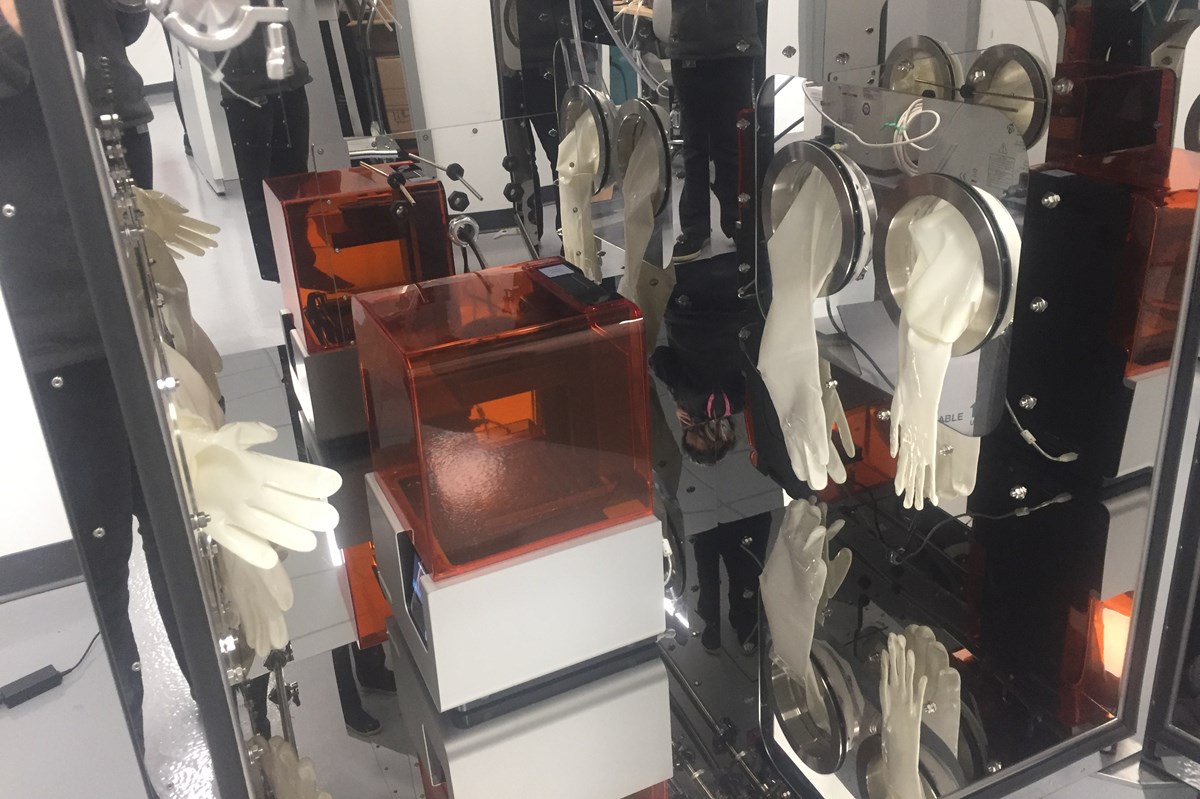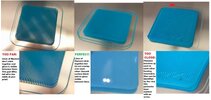Resin printing
Not scaring you off - just lots of people new to resin printing aren't aware they need to set up a safe working space.
Everyone thinks FDM when they hear "3d printing" but there is a rise in resin-based 3d printing and so many people don't realize its a very toxic (and smelly) workflow. YouTubers make it seem like its just like FDM only with a liquid because they're showing off their sponsor's machines on a bench in a studio, not in the real world.
So often I see threads on Facebook and Reddit with resin printers for sale because people sunk hundreds of dollars into a setup then realized they just can't have it in their apartment or home. That's a really painful lesson especially in these economic times.
View attachment 332488
The entire workflow is toxic. Period. That includes the resin marked "eco", "Plant based" or "water washable". Remember that ethanol car fuel is plant-based too, but you wouldn't leave open top vats of it on the bench in your house. If you want to believe the people selling the stuff when they say its "less so" you do that. I'm old enough to remember when asbestos was safe and sold as Christmas snow to sprinkle around the house, when talcum powder was used by millions for decades and later learned to give you cancer, about 50 medications that PASSED FDA certifications, over the counter heartburn pills that were also carcinogenic. All I'm saying is, I don't trust the people making bonuses on sales to have my health as their first concern. You do you.
View attachment 332489View attachment 332492
ME... I won't have it in my house and won't go in the resin shed without a VOC respirator.
Chemical Insights' study indicates low particles but high VOCs from resin-style 3D printers. What users should know.

www.additivemanufacturing.media
or
Little is known about emissions and exposure potential from vat polymerization additive manufacturing, a process that uses light-activated polymerization of a resin to build an object. Five vat polymerization printers (three stereolithography (SLA) ...

www.ncbi.nlm.nih.gov
=========
The printer is the least of your concerns when it comes to fumes. It's mostly contained but as soon as you take the lid off all that comes spilling out. Venting the printer only does a small part. The rest of the resin workflow involves open bottles, open vats, big buckets of open alcohol, parts off-gassing while curing, resin waste and paper towels in the trash all off-gassing. Fume residue settling on everything.
There isn't a step in resin workflow that is 'safe'. This is all industrial grade chemicals, fumes and handling. You need to accept this up front or don't bother.
Don't confuse "odorless" or "water washable" or "plant based" with "safe". Plenty of odorless chemicals that will kill you or severely screw you up. Oleanders are plants too, and they'll kill ya dead. Resin, alcohol, MEK, acetone, cleaning fluids... that's all industrial grade chemicals. It has no place living in your bedroom/spare room, or on the same air conditioner as the rest of your house.
"Water washable" does not mean you wash it down your drain!
It is still an industrial chemical solution that you have to take to a proper hazardous waste material collection center. Usually that means taking buckets of resin wash water outside and letting the water evaporate out until you only have solids left to dispose of. Most people I know still wash their water washable in alcohol because its a far easier process and gets them a better clean.
3m half mask
VOC filters (put them on monthly subscribe and save)
Off brand full face but it takes the 3m filters
> What others did about fumes?
Well... Ask 100 people you'll get 100 different answers because everyone has a different situation.
For me... I wasn't silly enough to think industrial manufacturing belonged in my house. So I put it in a small cargo trailer that had no purpose at the time. (see pic) Others subdivide a garage. or basement. Or... that spare room over the garage... Or buy a Shed as a dedicated maker space. Someplace to put the work shop on its own air handling not shared with the family and pets.
Then comes the retort: But I'm only a hobbyist making little gaming wizards and my apartment doesn't the room for a shed. Well… The chemicals don't know or care about what you're making. If you don't have room then don't do it. I'd love to have a full-blown cabinet workshop, but I can't so I don't try.
In my resin trailer I added air con as well as a dedicated vent fan.
4" vent fan
Duct
I tried setting it up in my main FDM shop but 3 days of that showed me it needed its own space and own air handling. Simply put - this is all industrial-grade materials and your health deserves industrial-grade precautions.
Lots of people will say "Oh, that's overblown. A box fan in a window is all you need." Ok. *YOU* do that. I would never work for someone that takes that attitude about worker safety and that's only 8 hours, 5 days a week. Why would I do that in my own home around my family and pets 24/7/365?
I'm not telling anyone what to do. Just sharing what I do and my perspective. But my two cents worth: If you wait until you're having lung problems to accept you need a better situation: You're already having lung problems.
Still insisting on having it in your house? If you google "VOC rated room air filters" (not just the HEPA stuff) but actual VOC rated... Look at ratings... then look at the spec for the size of the space they can handle... Looks like something in this range-ish, is what you're probably looking at.
> I don't have room for ventilation and safety gear
Well... Make room and take toxicity seriously. You shouldn't buy a horse first THEN ask "how do I deal with a horse living a 3rd floor walk up apartment?" Considering your safety and situation should be the first step in resin printing, not the last step as an after-thought.
My personal advice is to not worry about buying resin printing tech if you don't plan to treat it like an industrial machine using chemicals that require special handling. If you plan to use it with no more safety than a inkjet printer and drop it in your spare room you're not being realistic.
View attachment 332490
View attachment 332491


